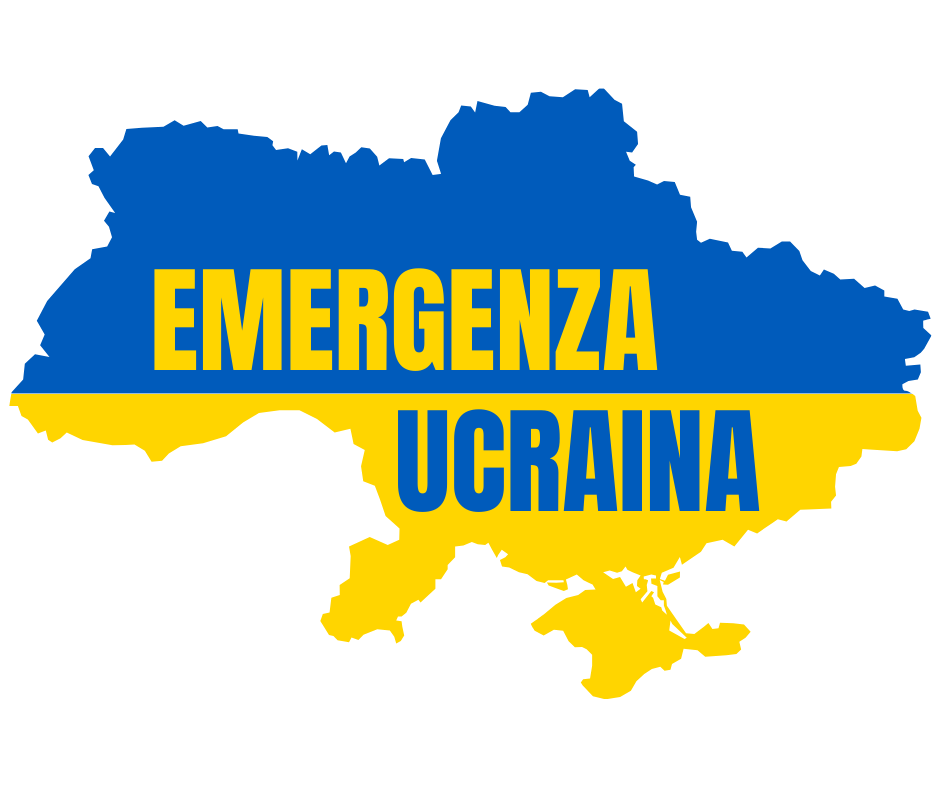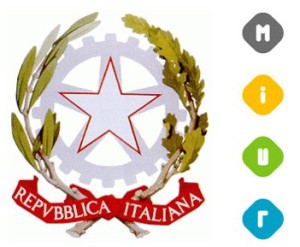How Body Language Is Informed By Culture
Understanding Body Language Across Different Cultures
The frequency, type, and context of physical contact can convey a range of messages, from friendliness and support to aggression and disrespect. This section examines how different cultures interpret touch and the implications for cross-cultural interactions. In many Western cultures, a thumbs-up is a sign of approval or agreement. However, in some Middle Eastern countries, this gesture can be interpreted as rude or offensive.
Some cultures might display more intimacy than others, such as through hugs and physical touch. If you aren’t https://onlinesequencer.net/members/196570 aware of this context and come from a culture where this isn’t the case, you might interpret this tendency as overly familiar or indicative of a lack of personal boundaries. First, we need to educate ourselves about body language norms and customs of different cultures.
East Vs West: Contrasts In Non-verbal Communication
In professional settings, understanding these cultural differences can enhance teamwork and collaboration, while in personal interactions, it can foster mutual respect and comfort. The V-sign, made by raising the index and middle fingers, also has different interpretations. In the United States, it often stands for “victory” or “peace.” However, in the United Kingdom and some other countries, if the palm faces inward, it is considered an offensive gesture. Being aware of these nuances is essential for respectful and effective communication. Body language is a universal communicator, a non-verbal mode of communication that is inherent to all humans. However, the interpretations of these silent messages may vary significantly across different cultures, emphasizing the need for cultural sensitivity and understanding.
- You can find her at quaint little cafes sipping on tea and reading a new book every other day.
- Understanding the culture of the people we interact with helps us adjust our body language and reduce mixed messages.
- In Spain, rhythmic hand clapping, known as “palmas,” is a form of communication and expression often used in flamenco performances.
- In many Middle Eastern countries, physical contact between men and women who are not family members is limited.
How Is Body Language Different Across Cultures?
Trauma can affect how a person communicates with others, especially if they feel unsafe, threatened, or ashamed. They may have difficulty expressing their needs, feelings, or boundaries, or they may shut down, dissociate, or become defensive or aggressive. Trauma can also impair a person’s memory, attention, and reasoning, making it harder for them to process information and follow instructions.
People in countries like Mexico, Brazil, and Argentina may stand closer to each other during conversations, even with strangers. This closer proximity is a sign of warmth and friendliness, and stepping back may be interpreted as a lack of interest or even rudeness. In Western cultures, personal space tends to be larger compared to many other parts of the world.
Understanding these cultural norms can help navigate social interactions more effectively. In the United States and many European countries, a firm handshake is a standard greeting and a sign of confidence. In contrast, in some Asian cultures, a softer handshake is preferred, and excessive firmness can be perceived as aggressive.
Using trauma-informed language can offer many benefits for both your client and yourself as a social worker. It can reduce the risk of retraumatizing your client and increase trust and rapport between you and your client. Culture is a big influence, as well as personality type and neurodivergence, which can influence how someone communicates nonverbally.
In conclusion, cultural norms, values, and social context play a significant role in shaping the interpretation of nonverbal cues. By recognizing and respecting cultural differences in body language cues, you can enhance your intercultural communication skills and build positive relationships in diverse cultural settings. Body language, the non-verbal form of communication, is deeply rooted in culture. From a handshake to a bow, from eye contact to personal space, each gesture can hold a vastly different meaning depending on where you are in the world.
In certain Middle Eastern cultures, handshakes between men and women may be discouraged or not practiced at all due to cultural or religious norms. Understanding the cultural significance of eye contact can greatly enhance interpersonal interactions, especially in multicultural environments. By being mindful of these differences, individuals can navigate social and professional settings more effectively, fostering mutual respect and understanding. Direct eye contact between men is common and can signify sincerity and trust.
Identify any words or phrases that may be triggering or retraumatizing for your clients and replace them with more trauma-informed alternatives. Be aware of your own tone, body language, and facial expressions and how they may affect your client’s perception and response. Use the principles and examples of trauma-informed language as a guide and adapt them to your client’s specific needs, preferences, and context. Be flexible and responsive to your client’s feedback and reactions and adjust your language accordingly. It’s important to recognize that body language is deeply intertwined with cultural norms and values. Cultures shape our interpersonal communication, understanding of personal space, acceptable physical touch, and appropriate display of emotions.
It is really helpful when trying to build meaningful connections as it conveys messages and can bust our synergies between cultures and mostly it helps us to share our world! Find more ways on how to connect with people with Seven Ways to Meet People in a New City or get to know 5 Reasons Why Language is Key For Integration. Though it can feel like a void in communication, silence can be very meaningful in different cultural contexts.






















